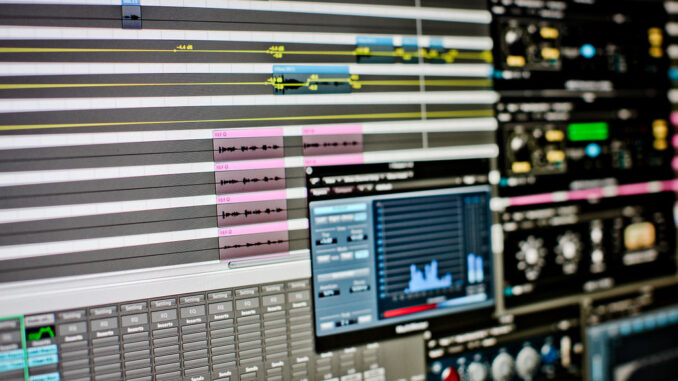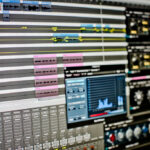

Equalization (EQ) is a crucial step in the music production process, as it helps to balance and shape the different elements of a song. EQ is used to adjust the volume of specific frequencies in a mix, making it a powerful tool for shaping the sound of a song. Each genre of music has its own unique sonic characteristics, and therefore requires a different approach to EQ. In this article, we’ll explore how to EQ a song correctly for different genres of music. We hope you enjoy this Guide to EQing Your Song for Different Music Genres.
- Pop music: Pop music is often characterized by a bright and punchy sound, with a strong emphasis on the vocals. To achieve this sound, it’s important to boost the high-mid frequencies (around 2-4 kHz) to make the vocals stand out. This can be done by using a bell-shaped EQ to increase the volume of these frequencies. It’s important to be careful when boosting the high-mids, as boosting too much can make the vocals sound harsh. To avoid this, make small adjustments and listen to your mix in context.
- Rock music: Rock music typically has a raw and energetic sound, with a focus on the guitar and drums. To achieve this sound, it’s important to boost the low frequencies (around 80 Hz) to give the bass and drums more punch. This can be done by using a shelf-shaped EQ to increase the volume of these frequencies. It’s important to be careful when boosting the lows, as boosting too much can make the mix sound muddy. To avoid this, make small adjustments and listen to your mix in context.
- Hip-Hop/Rap music: Hip-Hop and Rap music often have a bass-heavy sound, with a focus on the low end. To achieve this sound, it’s important to boost the low frequencies (around 60 Hz) to give the bass more power. This can be done by using a shelf-shaped EQ to increase the volume of these frequencies. It’s important to be careful when boosting the lows, as boosting too much can make the mix sound boomy. To avoid this, make small adjustments and listen to your mix in context.
- Electronic Dance Music (EDM): EDM is characterized by a big and explosive sound, with a focus on the bass and drums. To achieve this sound, it’s important to boost the low frequencies (around 60 Hz) to give the bass and drums more power. This can be done by using a shelf-shaped EQ to increase the volume of these frequencies. It’s important to be careful when boosting the lows, as boosting too much can make the mix sound boomy. To avoid this, make small adjustments and listen to your mix in context.
- Country music: Country music often has a warm and organic sound, with a focus on the vocals and acoustic instruments. To achieve this sound, it’s important to boost the low-mid frequencies (around 200-400 Hz) to give the vocals and acoustic instruments more body. This can be done by using a bell-shaped EQ to increase the volume of these frequencies. It’s important to be careful when boosting the low-mids, as boosting too much can make the mix sound muddy. To avoid this, make small adjustments and listen to your mix in context.
- Jazz music: Jazz music often has a smooth and sophisticated sound, with a focus on the vocals and acoustic instruments. To achieve this sound, it’s important to boost the mid-high frequencies (around 2-4 kHz) to give the vocals and acoustic instruments more clarity. This can be done by using a bell-shaped EQ to increase the volume of these frequencies. It’s important to be careful when boosting the mid-highs, as boosting too much can make the mix sound harsh. To avoid this, make small adjustments and listen to your mix in context.
It’s important to approach EQ with care, as making too many drastic adjustments can ruin the balance of a mix. By focusing on the specific frequencies for each genre, you can achieve the desired sound for your music, bringing your mix to life.

